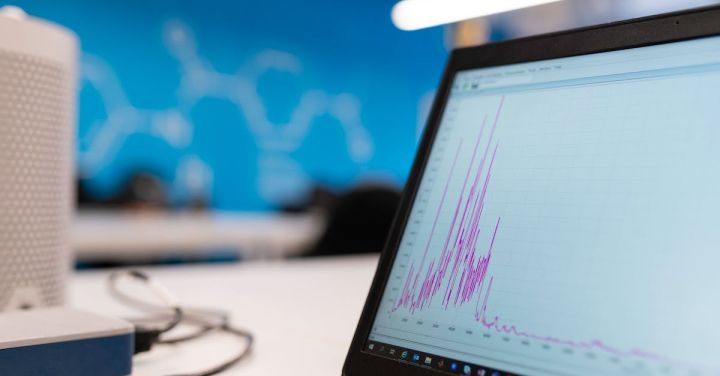Risk assessment is an essential process for businesses and organizations in order to identify potential threats and vulnerabilities. It helps in making informed decisions and implementing effective risk management strategies. With the ever-evolving nature of risks, it is crucial to have reliable risk assessment models in place. In this article, we will explore some of the models worth considering.
1. Failure Mode and Effects Analysis (FMEA): FMEA is a systematic approach that focuses on identifying and prioritizing potential failures in a process, product, or system. It analyzes the severity, occurrence, and detectability of each failure mode to determine its risk priority number (RPN). By addressing high RPNs, organizations can mitigate risks and improve overall performance.
2. Hazard Analysis and Critical Control Points (HACCP): HACCP is widely used in the food industry to identify and control potential hazards related to food safety. It involves a systematic approach of identifying critical control points, monitoring them, and implementing corrective actions when necessary. HACCP not only ensures the safety of food products but also helps in complying with regulations and building customer trust.
3. Bowtie Method: The Bowtie method is a visual risk assessment tool that combines elements of both fault tree analysis and event tree analysis. It helps in understanding the relationship between hazards, potential consequences, and the barriers in place to prevent or mitigate those consequences. The Bowtie method provides a clear picture of the risk landscape and enables organizations to develop effective risk control measures.
4. Quantitative Risk Assessment (QRA): QRA involves the use of mathematical models and data analysis to assess risks in a quantitative manner. It considers various factors such as probability, consequence, and impact to calculate the overall risk level. QRA provides a more objective and accurate assessment of risks, allowing organizations to prioritize their resources and make informed decisions.
5. ISO 31000: ISO 31000 is an international standard that provides guidelines on risk management principles and processes. It emphasizes the importance of risk assessment as a fundamental component of risk management. ISO 31000 encourages organizations to adopt a systematic and proactive approach to identify, assess, and treat risks. By following this standard, organizations can enhance their risk management practices and improve overall performance.
6. SWIFT CSP: The SWIFT Customer Security Programme (CSP) is a risk assessment framework specifically designed for financial institutions using SWIFT services. It provides a set of security controls and guidelines to prevent and detect fraudulent activities and cyber-attacks. The SWIFT CSP helps organizations in identifying their security weaknesses and implementing appropriate measures to mitigate risks associated with financial transactions.
7. COSO ERM: The Committee of Sponsoring Organizations of the Treadway Commission (COSO) Enterprise Risk Management (ERM) framework is a widely recognized model for managing risks. It provides a comprehensive approach that encompasses the entire organization and its objectives. The COSO ERM framework focuses on aligning risk management with strategic goals, enhancing decision-making processes, and improving accountability.
In conclusion, risk assessment is a critical component of effective risk management. By utilizing reliable risk assessment models, organizations can identify potential threats, evaluate their impact, and implement appropriate measures to mitigate risks. The models discussed in this article, such as FMEA, HACCP, Bowtie, QRA, ISO 31000, SWIFT CSP, and COSO ERM, offer different approaches and tools to assess and manage risks in various contexts. Choosing the most suitable model depends on the nature of the organization and its specific risk management needs.



